10 Cultural Experiences to Try in Samoa
When travelers and tourists alike make their way to the shores of Samoa, many are content to spend their days lackadaisically catching sun rays on the beach. Others will pack up and try to make the most of their time. They will rent a car and adventurously scour the island for the natural wonders that lay in waiting. Who can blame them for seeking the beauty of cavernous lava tubes, towering waterfalls, and pristine beaches scattered about?
Unfortunately, these travelers will depart never witnessing the true beauty of Samoa, the Fa’a Samoa (The Samoan way).
Samoa has one of the richest continuing cultures in the South Pacific. A people steeped in 3,000 years worth of tradition. Many who visit are able to get a glimpse of the Samoan way, but to really know or see it; you must experience it for yourself. There are many ways to get a quick showing of Samoan culture, but what I am proposing goes much further. I am asking you to step out of your comfort zone and leave the world you knew behind. Take the leap and experience Samoa in its truest form.
1. Prepare an Umu (Samoan Oven)
Spend time with the family preparing an evening meal over the hot rocks. The umu is the Samoan version of an oven.
First you will start a fire using coconut husks and shells. When the fire is burning hot, you will place volcanic rocks upon it. As the fire dies down to coals, the rocks retain the heat.
You will have a chance to place the food like pork, taro, breadfruit, banana, fish, etc. upon the rocks. Once the food is on the rocks, it will be covered with large banana leaves and mats to bake for over an hour. Once completed, you will collect and sit down for your meal.
2. Church and To’onai (Sunday Feast)
Samoa is a devout Christian country and it shows on Sunday. The entire country shuts down. Shops are closed, buses don’t run, and the villages are ghost towns. Everyone is at church.
Bells will ring early in the morning to inform the people it is time for service. The streets will then flood with women, men, and children all dressed in white as they walk to church. Ask any Samoan family and they would love to have you join them. They may even want to dress you up in their best Sunday clothes.
In the early morning hours before church begins, some of the family will prepare the umu and other dishes. Once church concludes you are treated to To’onai, or Sunday feast. The table is filled with traditional dishes such as: oka (raw tuna in lime juice and coconut cream), palusami (coconut cream baked inside taro leaf), falifu (taro boiled in the coconut cream), and much more.
After the large meal everyone will take a “rest” which means its naptime. Take advantage of this time, as you will be so full you wont be able to keep your eyes open.
3. Get a Traditional Tattoo
Samoan tattoo or tatau has world renown. Traditional tattooing is still practiced today, done as it was over 3,000 years ago.
Only a few families are able to practice the skill and it is handed down from father to son. Its intricate lines and shapes filled with meaning will dazzle your imagination. You will hear the artwork with its authentic “tap tap” sound as you walk toward the artists.
The world famous Suluape brothers operate just behind the Samoan Tourism Center. It is free to watch them work, but you must wear a lava lava(the traditional cloth worn around your waist) and hats must be removed. You can watch them work on the traditional Malofie (men’s tattoo), the Malu (women’s tattoo), or even join the fun and get a tattoo yourself.
4. Work the plantation
The village life is simple, but it also consists of hard work. The men will wake up early in the mornings and make their way down to the plantations to check their crops. The land could be full of cabbage, koko, coconut trees, or taro waiting to be harvested. You may have the opportunity to learn how to climb up coconut trees, cut through the bush using a machete, and harvest or plant the taro. A couple days spent on the plantation and you will be a natural Samoan farmer.
5. Mat weaving
While the men will leave to work in the plantation, some women will gather to weave fine mats using dried strips of pandanus leaves. These finely woven mats are the most important cultural items in Samoa. They are exchanged as currency and gifts at events such as funerals, weddings, and chief title bestowments. The mats themselves are never actually sat upon, as they are too important. Other “thicker” mats are made for this purpose.
Take the time to learn the timely process of weaving these beautiful pieces of art. Witness from the beginning as they strip the pandanus of its leaves and boil them. Later, they will be left in the sun to dry. Lastly, the women will gather in a fale to use the leaves to weave a mat. A fine mat can take months to complete on your own, but now many are done in groups to reduce the time.
The women would gladly allow you to join and be overjoyed to teach you their mat weaving skills.
6. Making koko
Koko or Samoan chocolate is grown all over the islands. Once the pods ripen they will be stripped of their seeds. The seeds will be cleaned and left in the sun to dry. Once dry they will be placed on a fire for roasting. This is usually done on a large metal sheet. The roasted koko will be placed in mortar and pistil and smashed into a gooey brown paste. This paste will be used to make a delightful chocolate drink called Koko Samoa.
Many families make koko and sell them to stores or at stands on the side of the road. You can help in the making of koko if you choose do to the family stay.
7. Matai (Chief) council meeting
Every village has its own Matai council. This is the local governing body, which sets the rules and oversees the villages day to day functions. Once a week, the Matai will gather in an open fale fono (meeting building) and discuss the issues facing the village. The high chiefs will have their own orators to speak on their behalf. What makes the meetings even more interesting is the Matai have their own formal language, which only they are allowed to speak. If staying over a week, take the opportunity to sit and watch one of these meetings as a guest.
8. Ava Ceremony
In the United States you may hear of these little cafes called Ava bars springing up. Ava is an earthy soothing drink made from the ava root found in the Pacific region. It is known to relax you and even make your mouth go numb. The strength of the ava varies from island to island. In Samoa, however, it is used as a special welcome. As a guest you may be asked to attend an Ava ceremony where the village or a family will formerly great you.
The ceremony usually takes place in an open fale (building) with the Taupo (daughter of a matai), the village matai, and other guests. The matai will give loud roaring speeches to welcome you as the Taupo mixes the ava in a special bowl called a tanoa.
You will then be called upon to give thanks to God and a few words before spilling a few drops of ava on the ground and then taking a sip of it from a coconut shell. You will be amazed by the speeches and the synchronized work of making the ava. If not experienced at a homestay, you can speak to the men and women at the tourism center on how to gain a spot in a ceremony.
9. Experience a Fa’alavelave
You must be thinking what is this crazy looking word! It happens to be the Samoan word that describes any event which interferes with daily life and demands special attention. This is the word used for any large or important event in Samoa. These events include: Chief title bestowments, weddings, funerals, church openings, and special birthdays.
Fa’alavelaves require a lot of time and planning, as they often require many father members to gather. At these events many gifts such as food, money, and fine mats will be given and then redistributed. In most cases, a walk in freezer will be rented to hold the pork and beef that is given.
It sounds simple, but in reality is extremely complex. One would think these events would be rare, but they are constantly taking place in villages across the country. You may be intimidated to stop and look at one, so the best way to experience these events is with an escort. If you speak to those at the tourism center, they can most certainly make it happen.
10. Siva Samoa
The rich cultural history of Samoa is filled with dance and song. At any gathering or important event, it is guaranteed that music and dancing will take place.
I personally love the more traditional style of dance, which is simply called Siva Samoa (Samoan Dance). The women dance delicately. Their arms and feet will slide in small light movements, each in their own rooted meaning. I am always impressed on how intricate and flawless each of their movements seem to be. The men however tend to use the entire stage. They will slap, stomp, and yell as they dance, CHEEEEEHOOOOOOOO! Slap dancing is just what it sounds like. The men will slap their bodies to provide a chorus of sound along with a wooden drum.
The men and women will dance together and separately during a performance. A popular act is when the Taupo (princess) does her performance. She will take the stage alone, dressed entirely in traditional wear. These dances take place at formal ceremonies, the Teuila festival, or for tourists at the resorts. Siva afi or fire dancing can also be seen at the resorts. (The Teuila festival takes place over the first or second week of September in Apia. It is meant to showcase the culture of Samoa. The stage is set for hundreds of village’s to show off their dances, choirs, and handmade crafts.)
The Samoan culture is so alive and true, so to come and not take part in it would be regrettable. It is unlike any other place in the world. Many of the items on the list above are contingent on spending time with a Samoan family. Now, many of you likely don’t have an acquaintance with someone on the islands and are thinking, “How will this work?” There is no need to worry! My friend Chris who works at the tourism center will set it all up. He has several wonderful families on the island of Savai’i who would love to host you for an extended stay. Fretting it will be expensive? Fret not! These families will take you in for less than 100 tala for an entire week. Outside of this small fee you will be expected to give some gifts to the family, which is per the custom. Gifts can be small things from your country like t-shirts, chocolates, or other small trinkets. Spend a week with a people who will consider you family after only a day in their home. The cultural experience of a lifetime awaits!
✈️ Protect your Samoa trip with Travel Insurance – We’ve started using Nomad Insurance by Safety Wing for affordable evacuation, international medical, and trip coverage.
 This guest post was shared with us by Zack Agerton, a Peace Corps Volunteer from the state of Georgia. He is currently wrapping up his two years of volunteer service as a teacher in Samoa.
This guest post was shared with us by Zack Agerton, a Peace Corps Volunteer from the state of Georgia. He is currently wrapping up his two years of volunteer service as a teacher in Samoa.
Like this post? Pin it for later or share with friends!

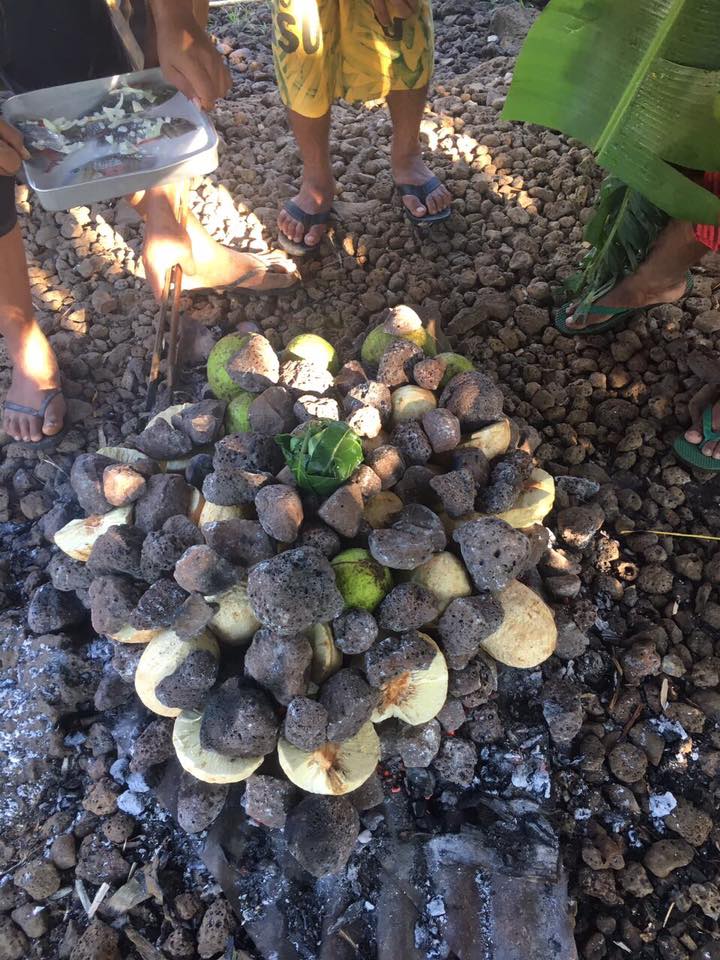
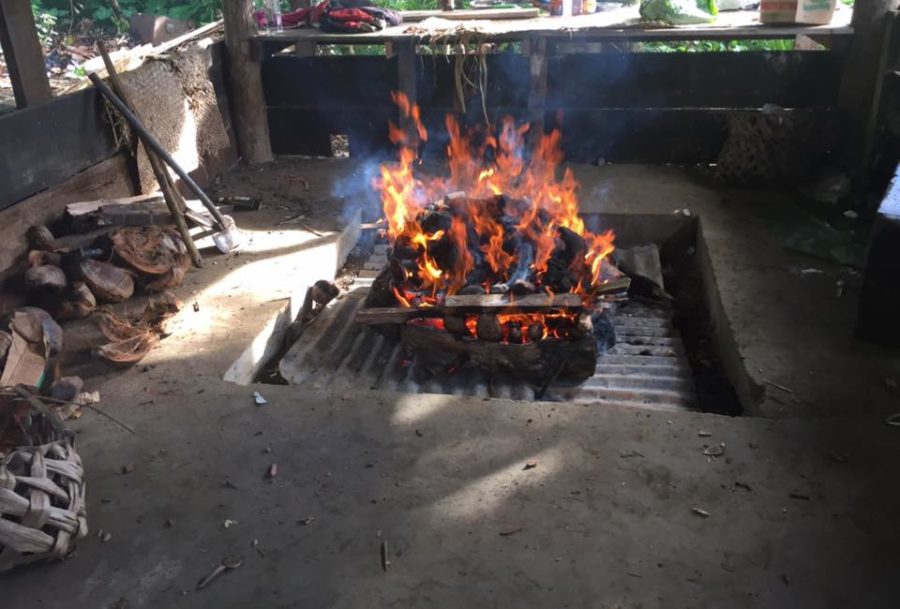
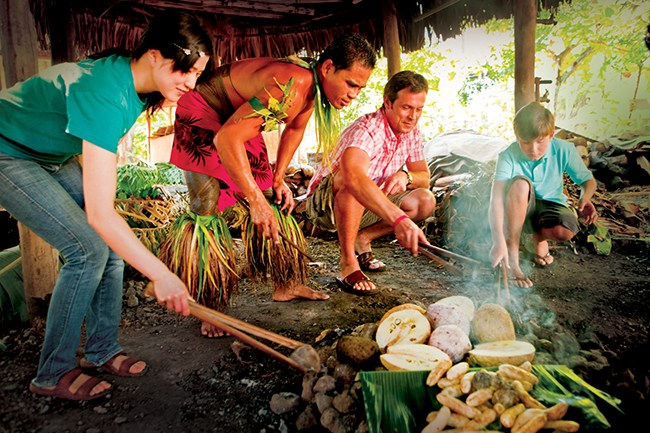

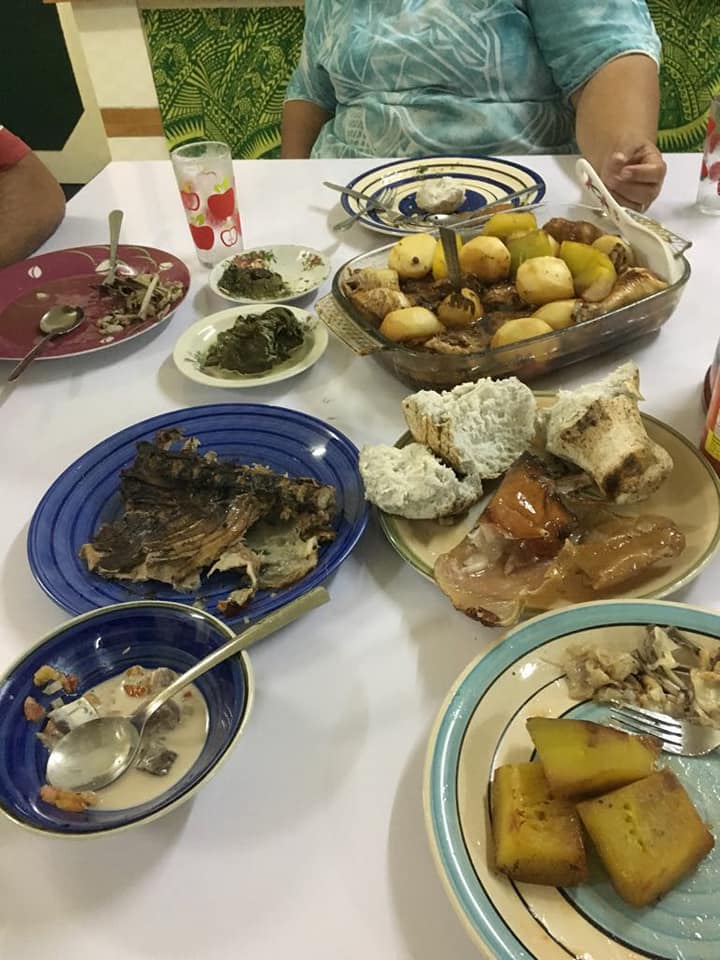
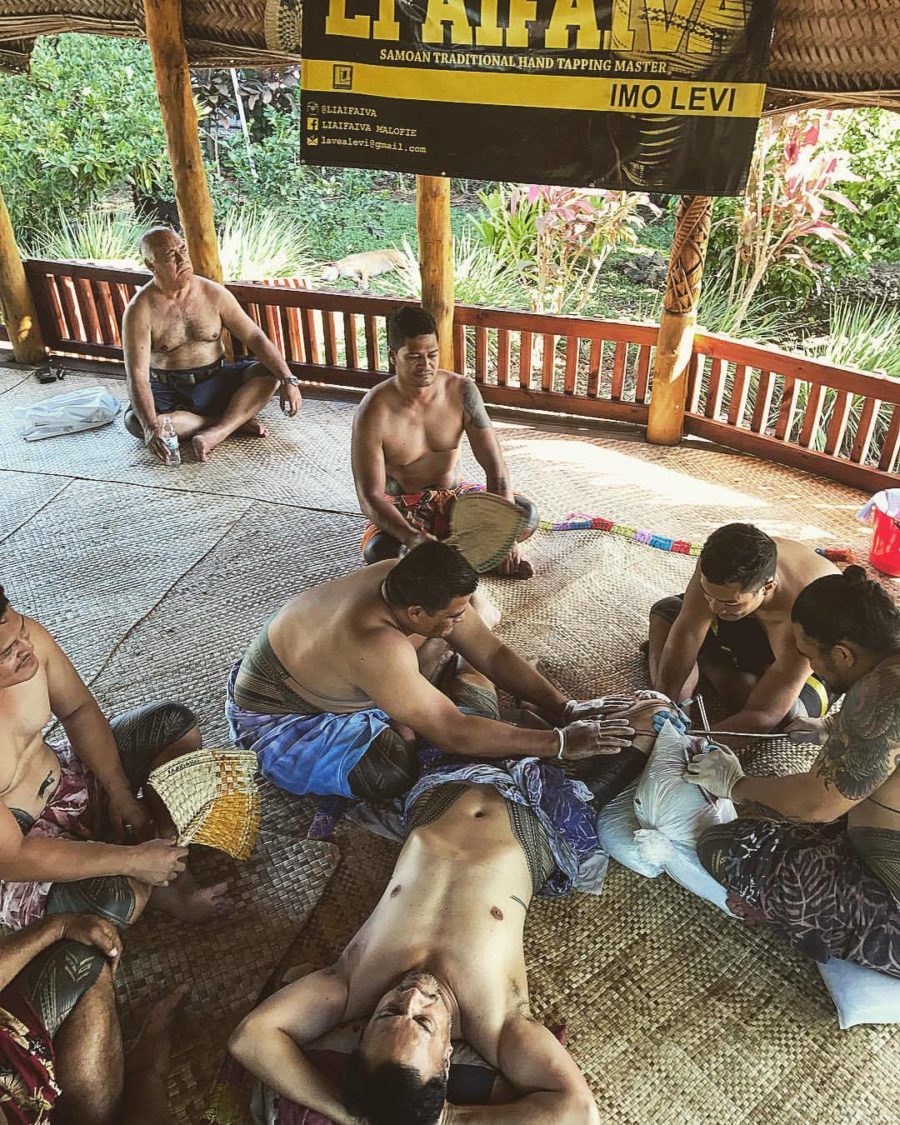
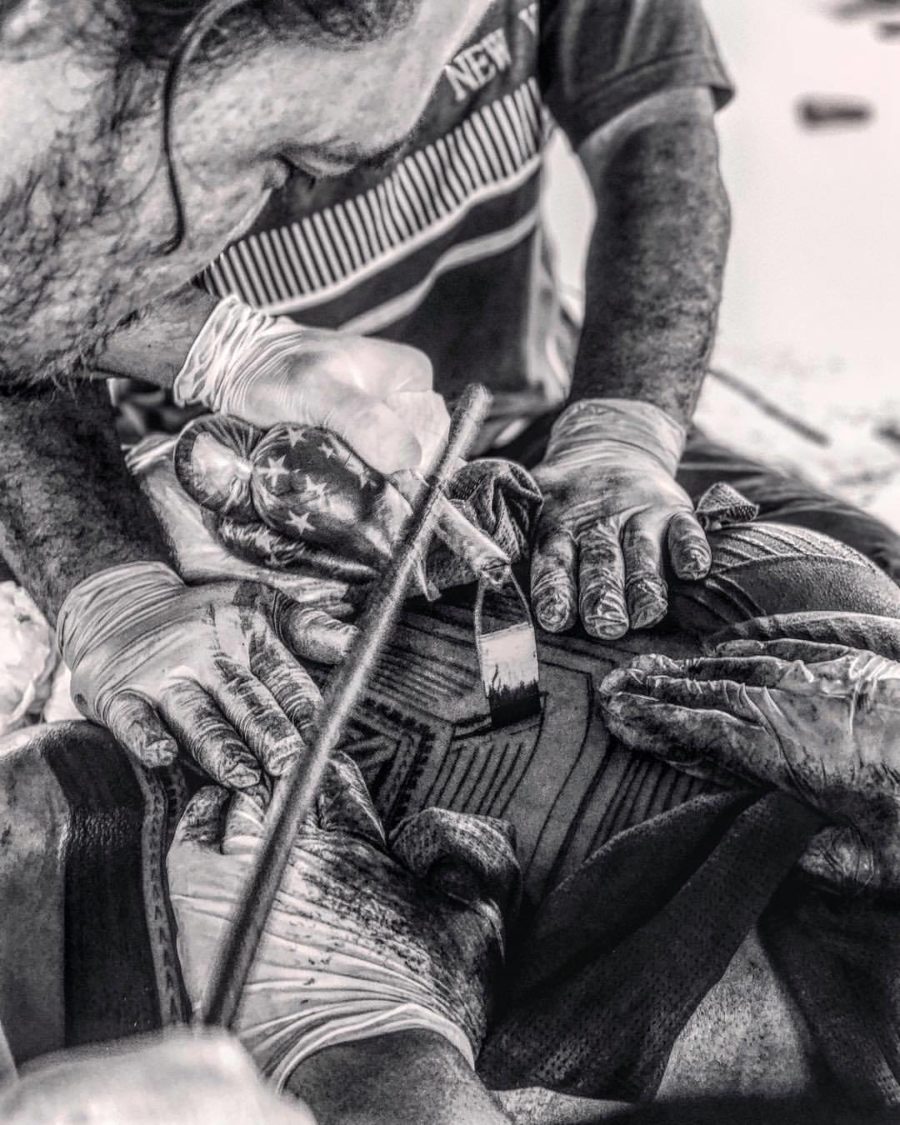
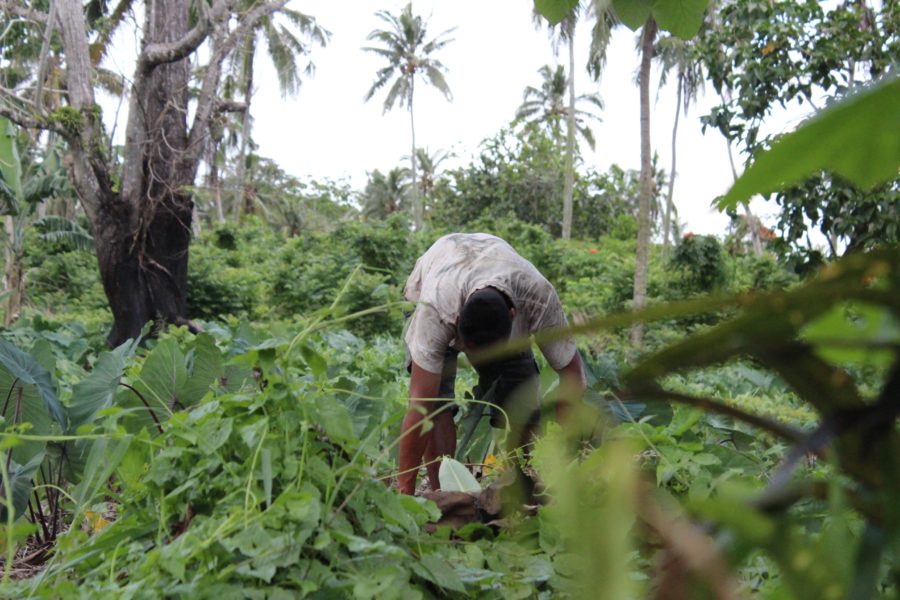
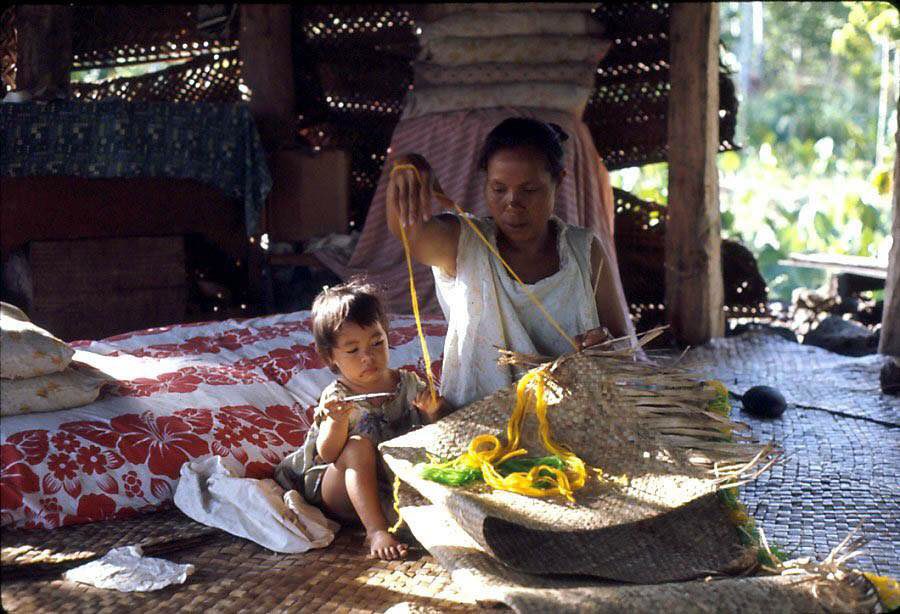
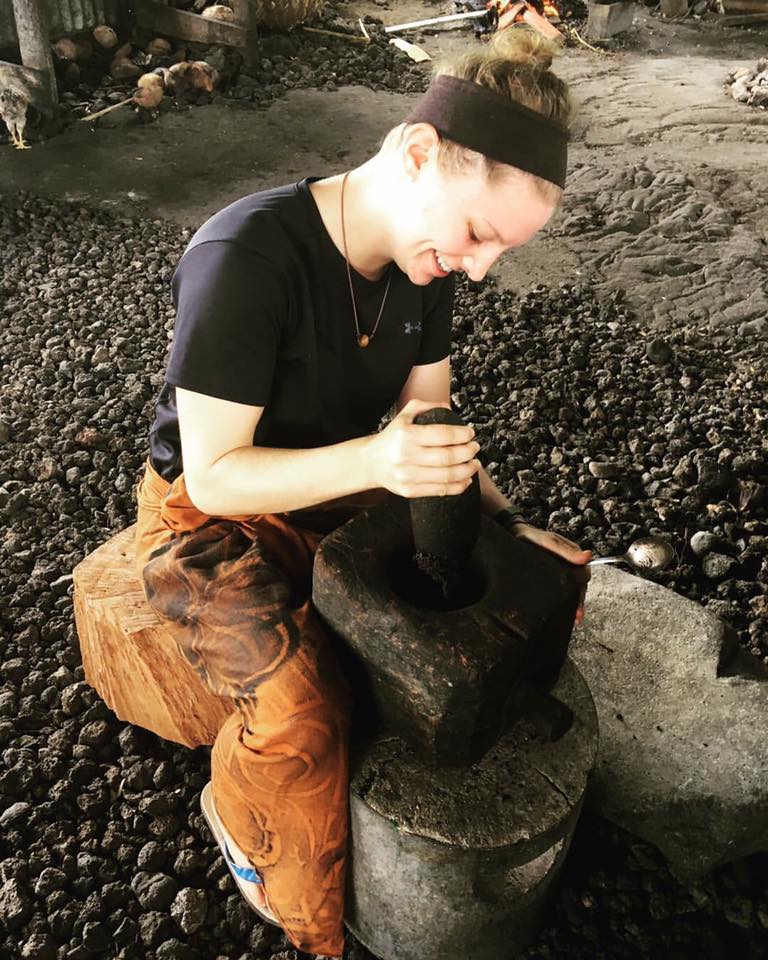
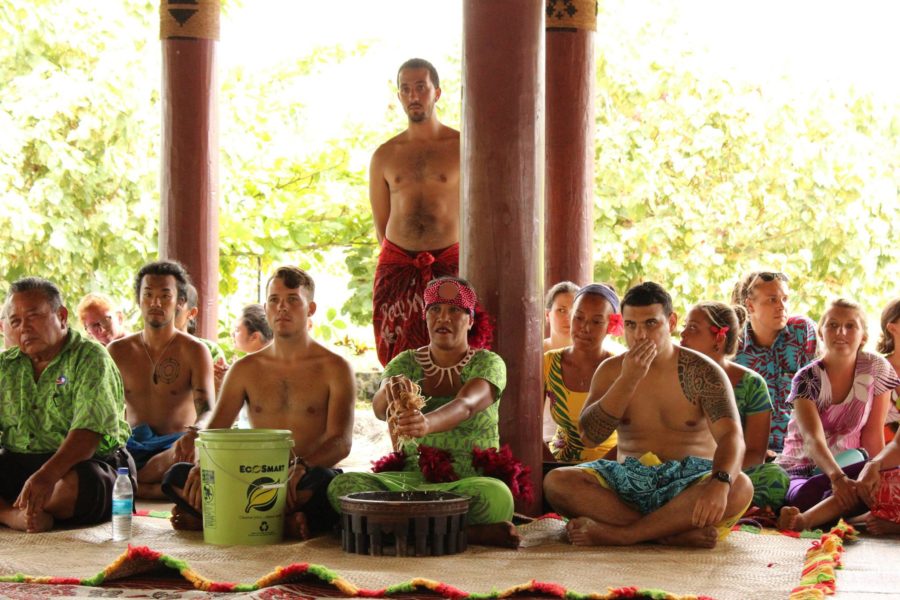
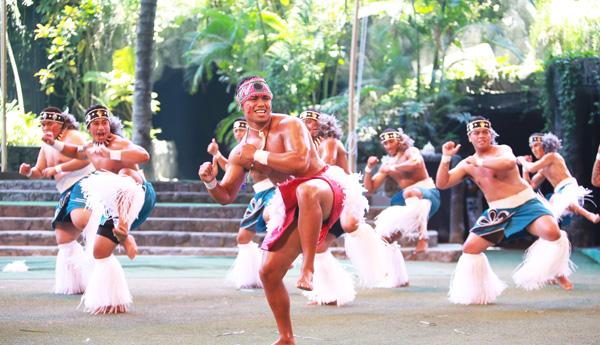
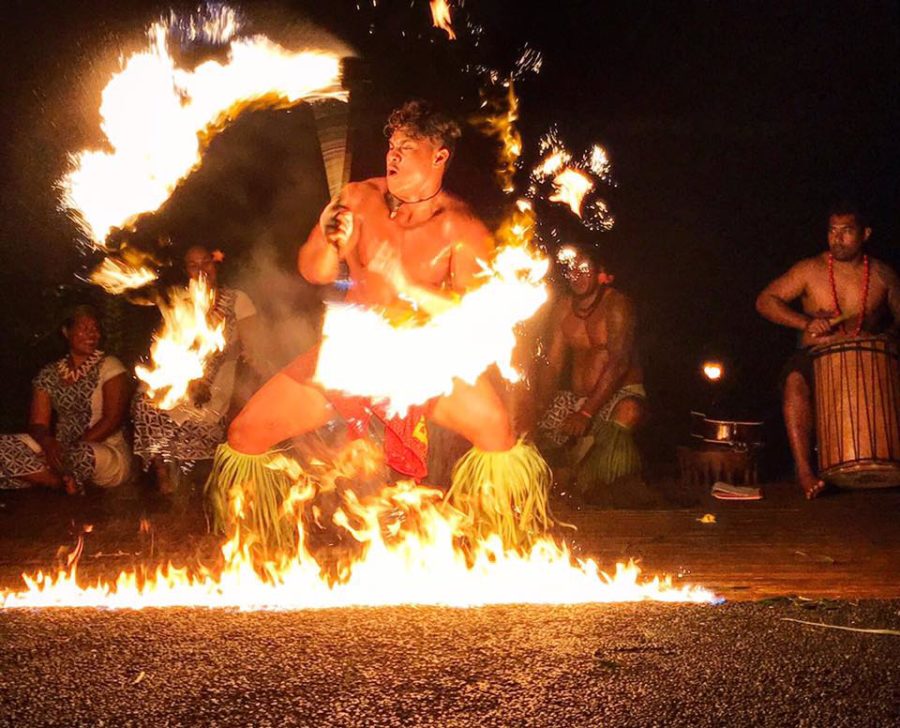

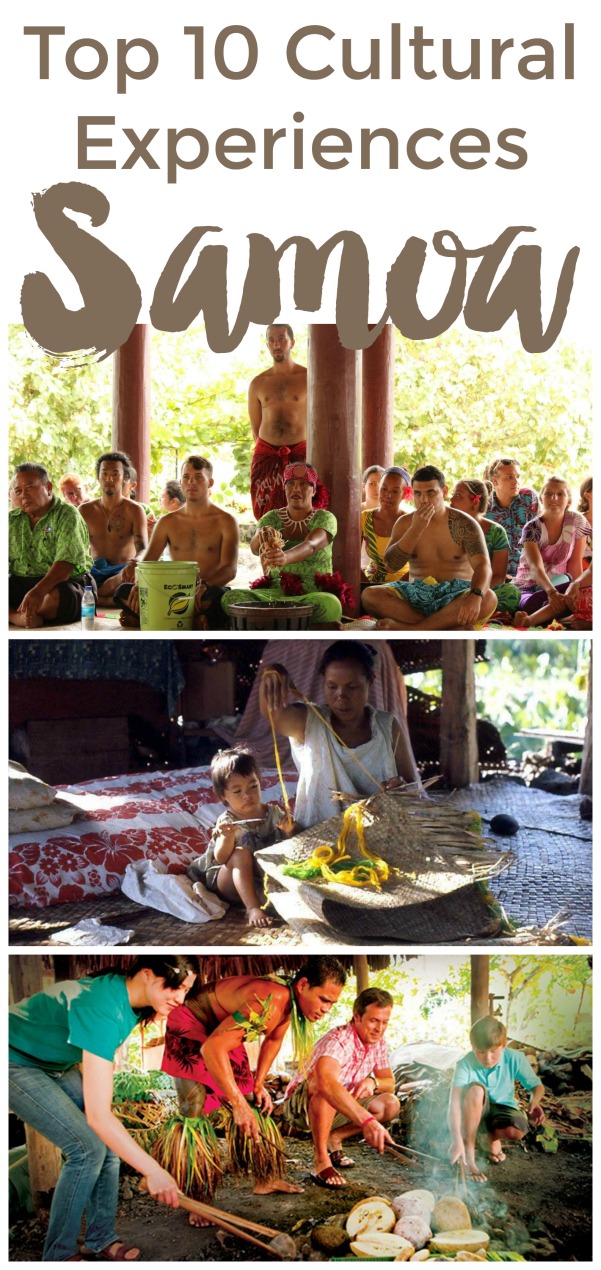
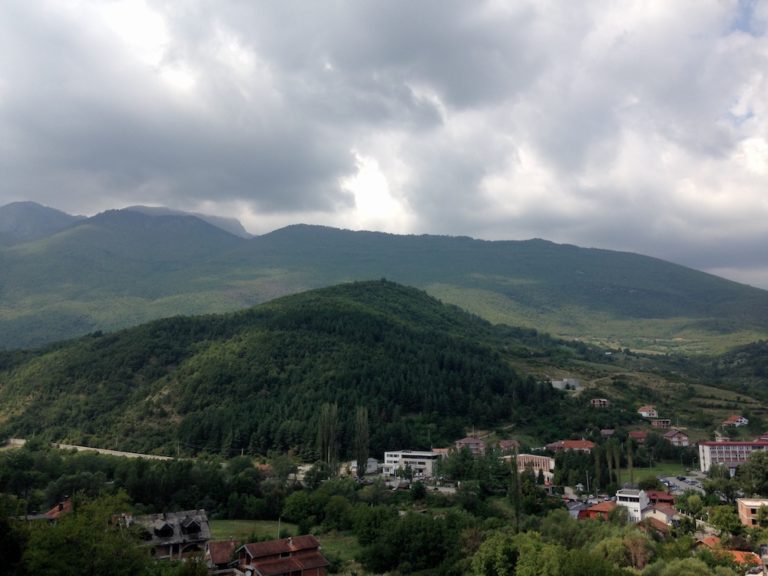
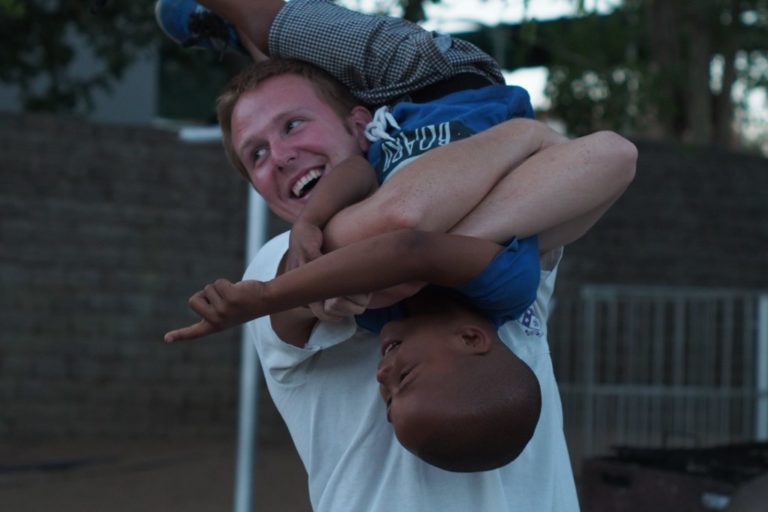
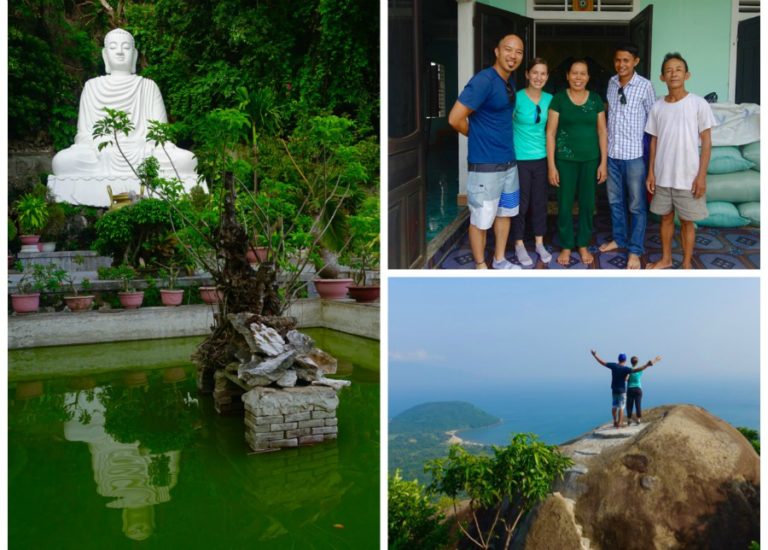
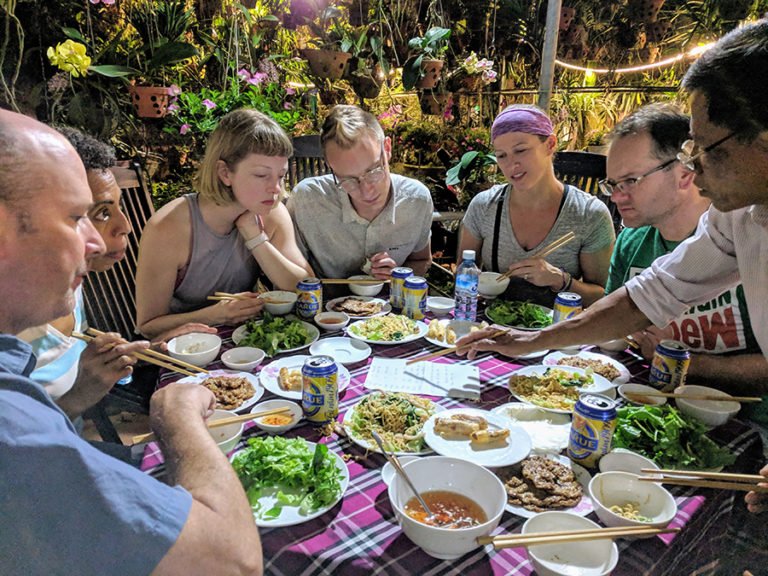


Hi there, great article! Would you be able to send over the details of your friend Chris at the tourism office? We’d love to stay with a family. Thanks!
Sorry we missed your request, Romy. This post was written by a guest author so we don’t have the tourism office info, though you might be able to google it. We’d love to hear about your trip, if you have a chance. Happy travels!